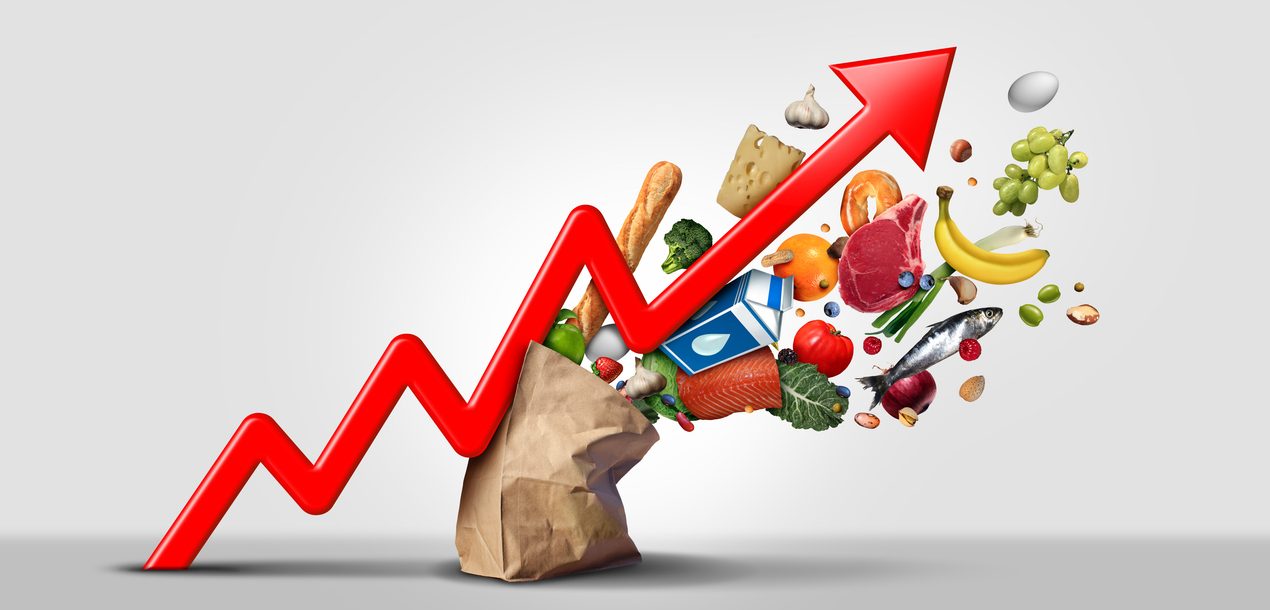The Office for National Statistics have released their data and revealed that inflation rates are falling slowly and have reached the lowest level since November 2021 at 3.2%
What does this mean?
Inflation levels falling does not mean items will be significantly cheaper when you go into the shops, just that they are rising slower than before.
Prices in the supermarkets are driving this inflation drop.
Most items of food have had the rate of inflation fall between February to March with items such as, chocolate, biscuits and other bakery items falling the most. There have been smaller increases in bread and cereals too.
The price of meat, particularly pork leading the way is having a big contribution to the falling inflation which fell by 0.5% between February and March compared to 1.4% the year before for meat.
Will the UK be better off?
With the rate of inflation slowing down this could put us on the right track towards meeting the Bank of England’s target of 2%. Once this target is met and stable, the Bank of England will be able to cut inflation rate from their current 5.25%. This has pushed the mortgage interest rate up and made borrowing money too expensive to many households.
As well as the rising prices of mortgages, the price of fuel has also been slowly increasing. So with decreasing inflation in some areas this doesn’t mean costs are being cut.
With the rate of inflation slowing just below the predicted 3.1% and the Bank of England’s hope to bring inflation down to 2% we can hope for more changes to come and prices to start rising more gradually.













